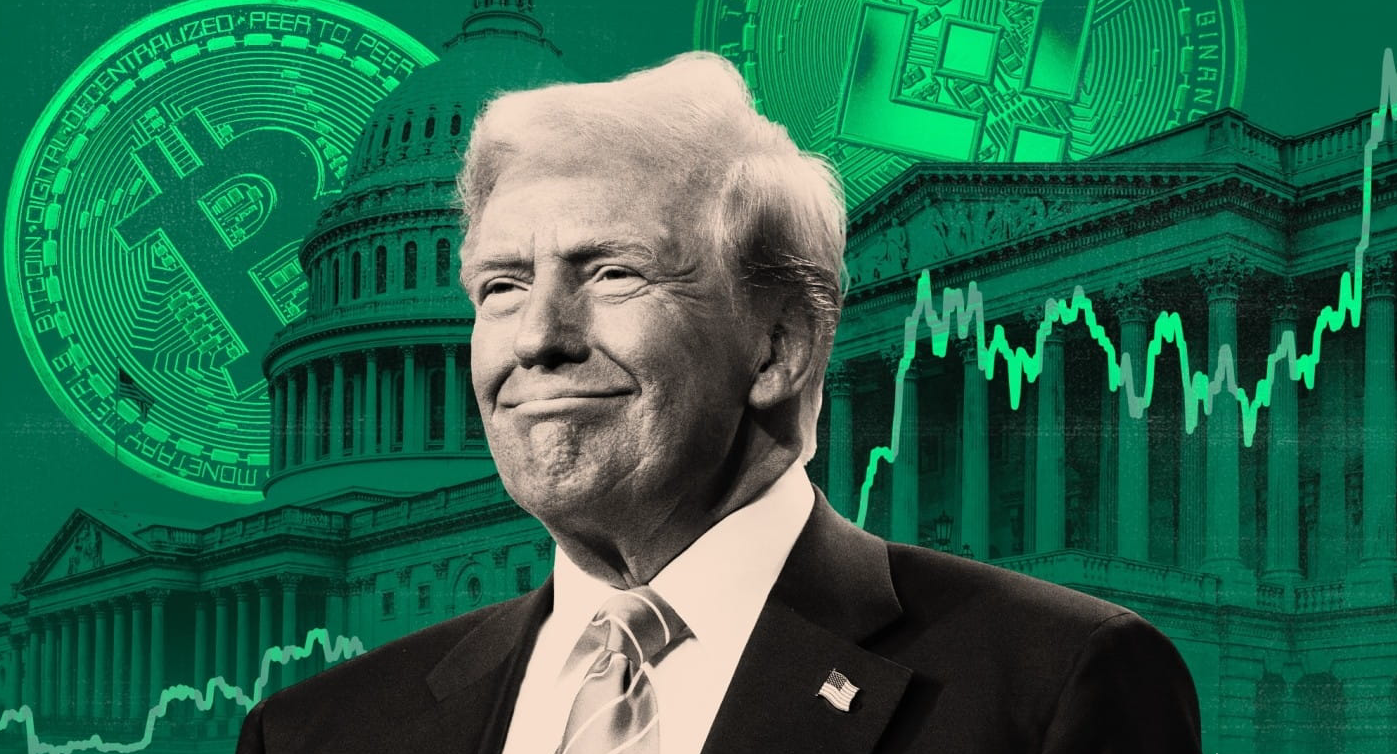The second term of President Donald Trump has changed American digital finance. He has given audacious instructions and the Trump crypto revolution, built a Strategic Reserve of Bitcoin, and unveiled a coin for presidential memes. These actions try to strengthen American crypto leadership.
Trump’s Shift Toward Crypto Leadership

2019 saw Trump openly call cryptocurrencies unstable. He cautioned that they avoided rules and gave criminal networks more influence. Reuters By late 2024, his position changed drastically. Promoting digital assets for financial reform and U.S. dollar supremacy, he promised to be the “crypto president.” Reuters. This turnabout established a different tone for home policy.
Trump signed an executive order establishing a strategic bitcoin reserve on March 06, 2025. The directive directs lost Treasury bitcoin toward a national reserve asset. It also established a larger U.S. Digital Asset Stockpile for cryptocurrencies, including Solana and Ethereum. The aim is to treat bitcoin alongside gold and oil in government portfolios.
$TRUMP Coin Controversy
Trump started $Trump on the blockchain of Solana on January 17, 2025. Two hundred million of the one billion tokens produced in an ICO were sold. Within hours, the coin was valued at $27 billion. For associated companies, trading fees have brought in around $350 million thus far. This unparalleled release stretched boundaries between statecraft and personal income.
Trump held an extravagant dinner for top $TRUMP holders at his Virginia golf resort on May 22, 2025. Invites to prominent investors, including some international nationals, were included. The occasion underlined his intention to combine presidential access with digital-asset patronage. Critics contend this might violate the emoluments provision of the Constitution and ethics rules.
Coinbase Joins S&P 500 Under Trump
Coinbase got S&P 500 access per Trump’s direction on May 19, 2025. For cryptocurrencies in conventional indices, NPR, this marked a turning point. It tracked Trump’s public pledge not to allow banks to “choke” cryptocurrency companies out of mainstream financing. Reuters is a medium. The listing points to rising institutional acceptability.
The Trump team advanced several digital-asset policies. In January 2025, a Working Group on Digital Assets was formed to direct policy. Later, he issued executive directives on mining incentives and stablecoin systems. SEC officials promoted market development above convictions and projected a more subdued enforcement posture. These changes stand very apart from past administrations.

Crypto Volatility Under Trump
Analysts worry about market contagion resulting from Trump’s extreme crypto agenda. According to a leaked company email, “growing panic” over price fluctuations under his policies drove Forbes. Before falling 35 percent in days, Bitcoin’s price shot past $80,000. Critics point out that depending too much on presidential fiat might increase systemic risks in distributed finance.
Following March’s directive, many U.S. states started similar crypto reserve schemes. Ukraine and El Salvador mentioned Trump’s approach when building prototype digital-asset stockpiles. Invites to international summits exploded. March 7, 2025: G20 Digital Finance Forum leaders visited the White House Crypto Summit. Trump’s acts provide a precedent for state-level crypto acceptance.
High-Profile Crypto Ethics Concern
Trump’s cryptocurrency activities drew heavyweight investors. He started with his kids, former fintech executives, the New York Post, and World Liberty Financial. Among prominent investors are Justin Sun and the GD Culture Group from the China New York Post; such overseas engagement outraged bipartisan investigation by drawing parallels to influence-peddling episodes.
High-profile cases challenging the Dough Finance co-founders’ ethics. Investors sued over a $1 million theft connected to Herro and Folkman. Then the duo joined World Liberty with Trump’s endorsement. Reuters in particular. Allegations of asset misuse and Ponzi-like schemes by plaintiffs. Experts in ethics fear conflicts of interest might compromise presidential power and public confidence, Reuters.
GENIUS Act and Crypto’s Future
Institutional flows into bitcoin ETFs and tokenized U.S. Treasuries might quicken as 2025 unfolds. Congress concurrently discusses the GENIUS Act for stablecoin control, frozen amid ethical questions, the New York Post. Trump’s crypto revolution could depend on balancing innovation and governmental controls.
In Summary
President Donald Trump’s second administration embraced cryptocurrencies, changing U.S. digital financial policy. Late in 2024, Trump became a “crypto president,” backing digital assets for economic reform and strengthening the US currency. Setting up a Strategic Bitcoin Reserve in March 2025, using Bitcoin like gold and oil, and issuing a $Trump token on Solana that quickly gained value and generated high trading fees were necessary.
Trump’s administration mainstreamed cryptocurrencies by including Coinbase on the S&P 500, creating a Working Group on Digital Assets, and relaxing regulatory enforcement to facilitate market development. However, these rigorous constraints caused Bitcoin prices to rise and fall fast, increasing concerns about systemic risks.
Trump’s cryptocurrency initiatives attracted high-profile investors, including foreign leaders, prompting bipartisan investigations into potential conflicts of interest and constitutional violations. Despite challenges, the GENIUS Act and rising institutional use suggest that Trump’s crypto revolution seeks to balance innovation and regulatory control to guide American and worldwide digital asset adoption.

